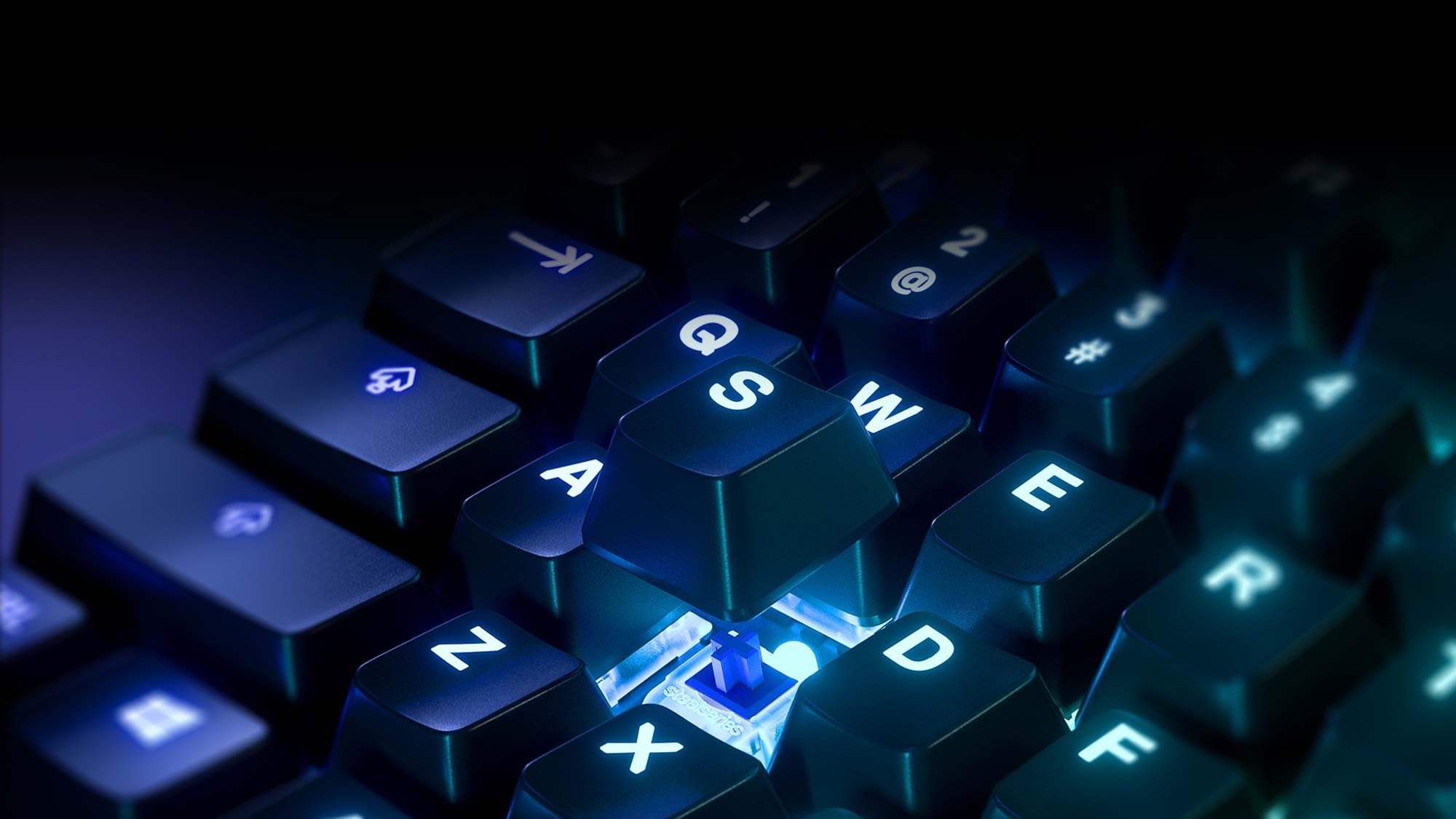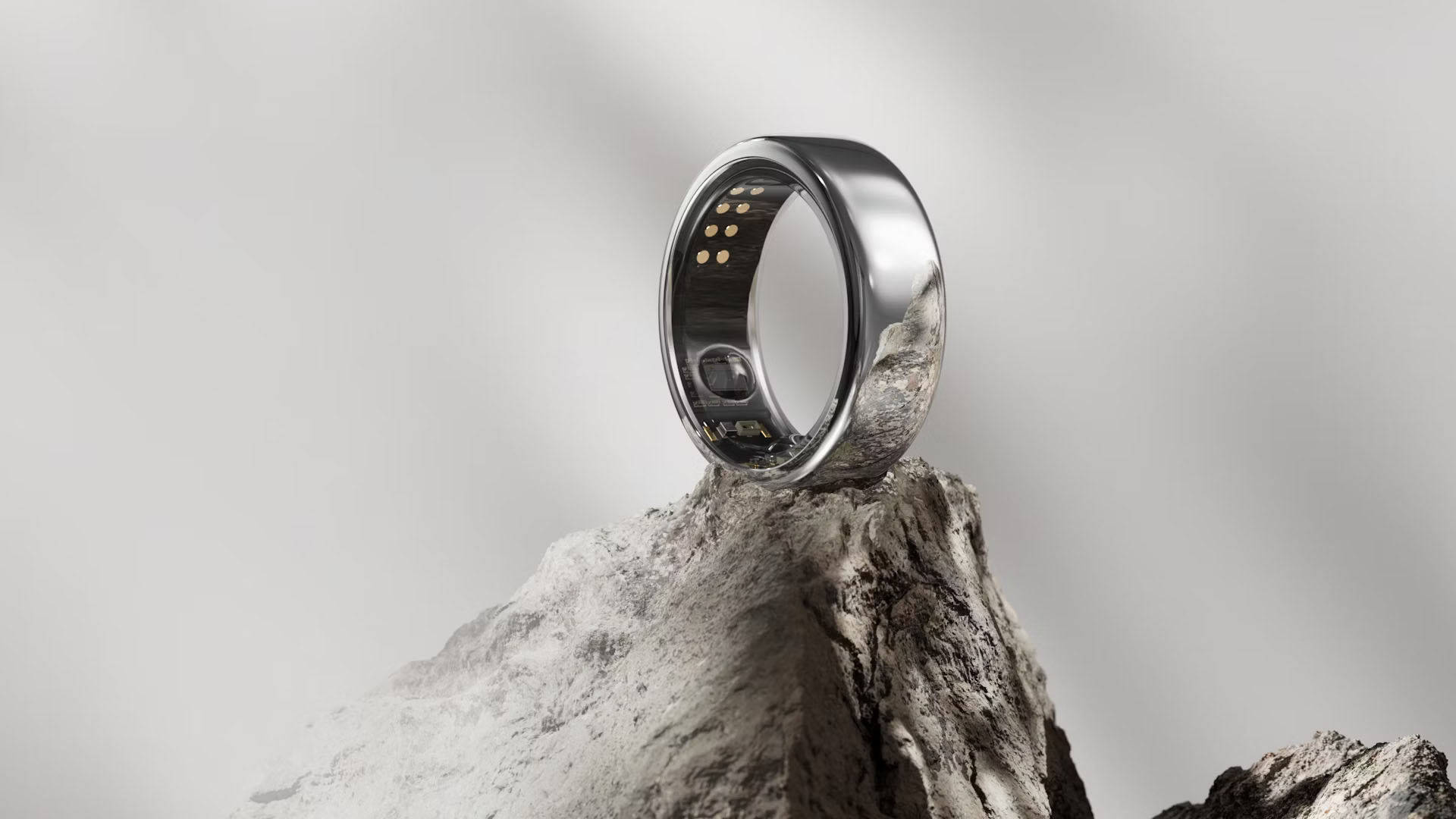Tom's Guide Verdict
Pick up the SteelSeries Apex 7 if you want a keyboard with a mini-OLED screen and don't care about per-key actuation. Otherwise, the Corsair K70 RGB Mk.2 is a better peripheral for the same price.
Pros
- +
Compact design
- +
Choice of key switches
- +
Smart software
Cons
- -
OLED screen doesn't add much
- -
Keycaps don't feel great
- -
Similarly priced keyboards are better overall
Why you can trust Tom's Guide
The SteelSeries Apex Pro is one of the most ambitious gaming keyboards on the market, featuring customizable per-key actuation — and charging $200 for the privilege. If you want a high-quality SteelSeries keyboard but aren't ready to part with quite so much money, there's always the SteelSeries Apex 7 ($160) – a more modestly priced alternative that retains most of what's good about the Apex Pro.
There's something about the SteelSeries key design that just doesn't jive with the way I type.
Like the Pro, the Apex 7 features an attractive design, durable key switches and gorgeous RGB lighting. However, also like the Pro, the Apex suffers from a spongy feel while typing, a largely needless OLED screen, and a general sense that you could do much better for $160. While the Apex 7 is a good keyboard overall, particularly if you're already invested in the SteelSeries ecosystem, it doesn't offer many advantages over the similarly priced Corsair K70 RGB Mk. 2 or the considerably cheaper Logitech G513.

Ultimately, the Apex 7 feels like a runner-up to the Apex Pro, but the two are almost identical. It's worth considering if per-key actuation holds no special appeal for you, but it's also worth considering the competition if you're not particularly devoted to SteelSeries gear.
Design
The Apex 7 looks almost identical to the Apex Pro. Instead of a steel chassis, the Apex 7 is made from black plastic, but still measures 17.2 x 5.3 inches and features an attractive, low-profile base with elevated keycaps. There's almost no border, keeping the design compact.
On the bottom, there's a detachable magnetic wrist rest, and in the upper-right, there's a tiny OLED screen. You can use the OLED screen to manipulate lighting and record macros, but as in the Apex Pro, it's just as easy to do most of these things in the Engine software. However, there's also a volume dial, which is legitimately useful.
Keys
There's something about the SteelSeries key design that just doesn't jive with the way I type. You can choose among Red (linear, quit), Brown (tactile, quiet) or Blue (tactile, clicky) switches, all of which are in-house SteelSeries models. All three colors actuate at 2 mm, so you can type or input commands into a game quite quickly. On paper, there's nothing wrong with the switches (although Corsair offers superior Cherry MX switches for the same price).

However, something about the keys feels off. Like the Apex Pro, the Apex 7's keys feel spongy and almost non-resistant. Naturally, you don't want to have to slam down a key every time you type a letter, but a little bit of resistance helps keep your fingers from flying across the keyboard too fast and accidentally pressing adjacent buttons. I tested the Apex 7 with Red switches, and felt like I had to slow down and really consider what I was typing, or else risk clumsy keystroke errors.
Get instant access to breaking news, the hottest reviews, great deals and helpful tips.
MORE: Best Gaming Keyboards 2019
Qualitative feel aside, it wasn't too bad for typing. With my standard Logitech G613, I scored 117 words per minute with seven errors, while with the Apex 7, I reached 115 wpm with 5 errors, not a substantial difference.
Features
There are two ways to manipulate the Apex 7's myriad options: the SteelSeries Engine software or the OLED screen. The Engine software is one of the better gaming peripheral programs on the market, making it easy to reprogram keys, create macros, adjust the backlighting, and so forth. You can also create individual profiles for specific games or programs, and sync the Apex 7's lighting with the rest of your RGB SteelSeries gear. Everything is pretty straightforward, and there are five on-board profiles if you want to move your Apex 7 from machine to machine.

Whether I was creating control groups of Yamato soldiers or rocketing around the battlefield in D.Va's mech suit, the Apex 7 was comfortable, responsive and precise.
The OLED screen can do most of the same things, except it's a lot smaller and harder to navigate. As such, I'm not exactly sure what distinct benefits the screen confers. You can program macros on the fly, which is admittedly useful if you don't have a two-monitor setup — but there are also keyboard shortcuts that let you do the same thing.
MORE: How to Buy a Gaming Keyboard
Games like Counter-Strike: Global Offensive and programs like Spotify can also use the OLED screen to display information, such as kill/death ratio or song title and artist. But, as I pointed out in the Apex Pro review, this information draws your eyes away from the computer screen, where that information is already readily available. The OLED screen could be situationally useful, but I feel like the Apex keyboards could have been stronger, cheaper products without one.
Performance
One area in which the Apex 7 doesn't disappoint is in-game performance. I ran the keyboard through Age of Empires: Definitive Edition, Overwatch, Baldur's Gate: Siege of Dragonspear and World of Warcraft to test its features, and was very pleased across the board. Whether I was creating control groups of Yamato soldiers or rocketing around the battlefield in D.Va's mech suit, the Apex 7 was comfortable, responsive and precise.

Since the keyboard also offers on-the-fly macro recording, it could be useful for hardened MMO players, who often need to automate complex skill rotations. There are no extra macro keys, though, so you'll probably have to part with another key for that functionality, at least temporarily.
Bottom Line
The Apex 7 doesn't aim quite as high as the Apex Pro, but it also doesn't cost as much. Overall, though, I found the two keyboards very similar. They're both well-designed, high-quality peripherals from a trusted manufacturer that nevertheless don't offer quite as much bang for your buck as other gaming keyboards in the same price range.
The Apex 7 is worth your while if you like the idea of a mini-OLED screen, or if you want to sync RGB lighting with other SteelSeries gear. Otherwise, the Corsair K70 is still the way to go.

Marshall Honorof was a senior editor for Tom's Guide, overseeing the site's coverage of gaming hardware and software. He comes from a science writing background, having studied paleomammalogy, biological anthropology, and the history of science and technology. After hours, you can find him practicing taekwondo or doing deep dives on classic sci-fi.

